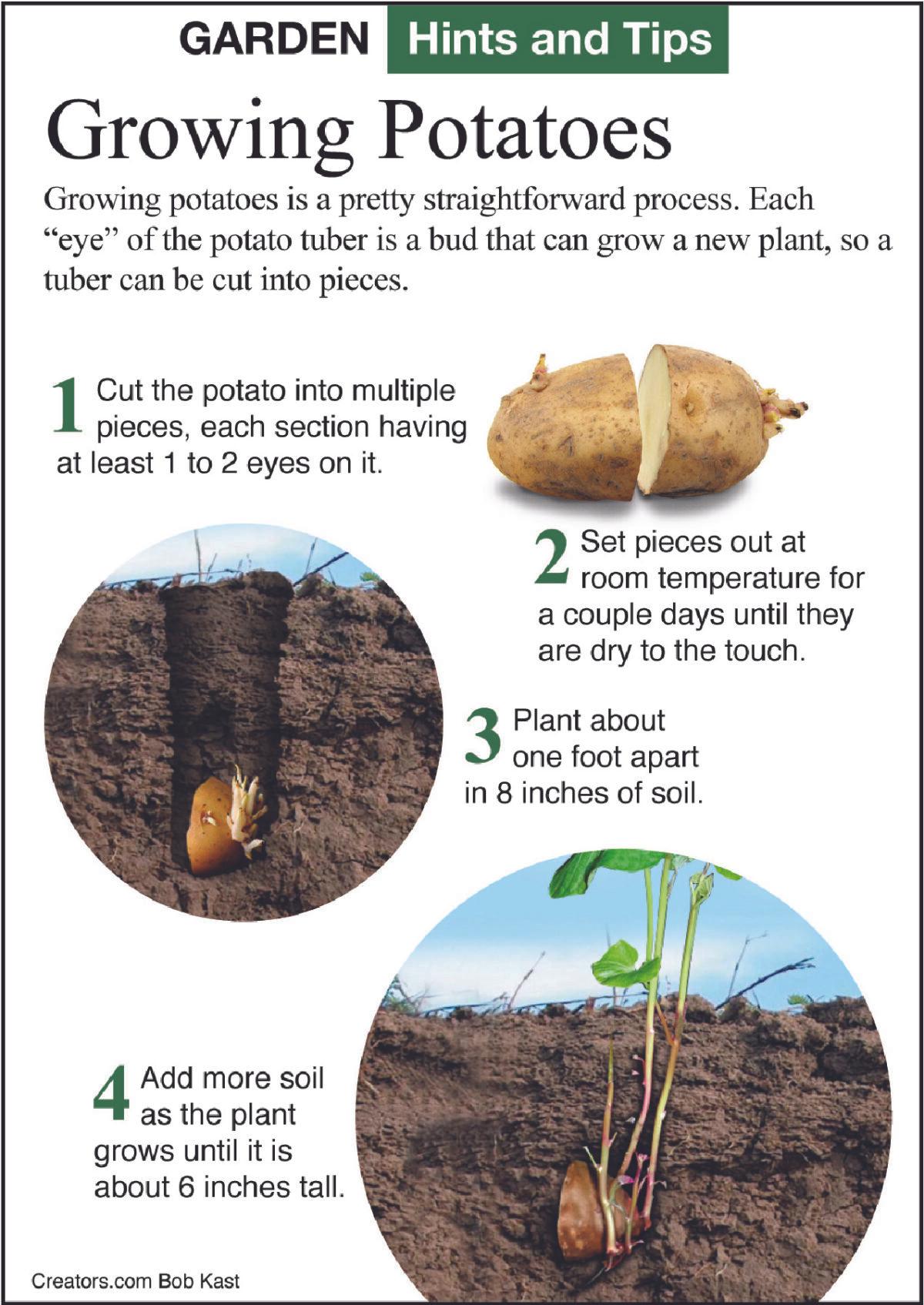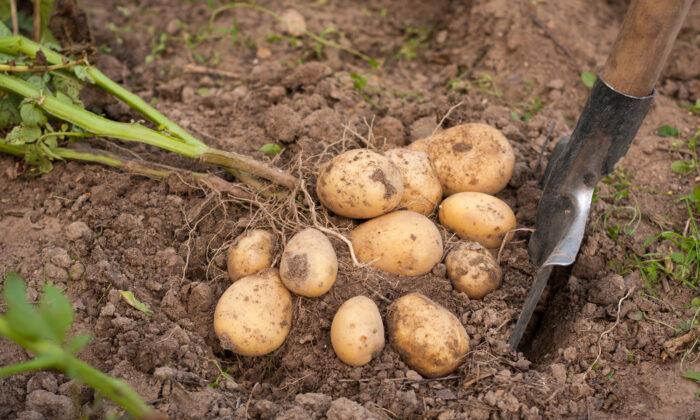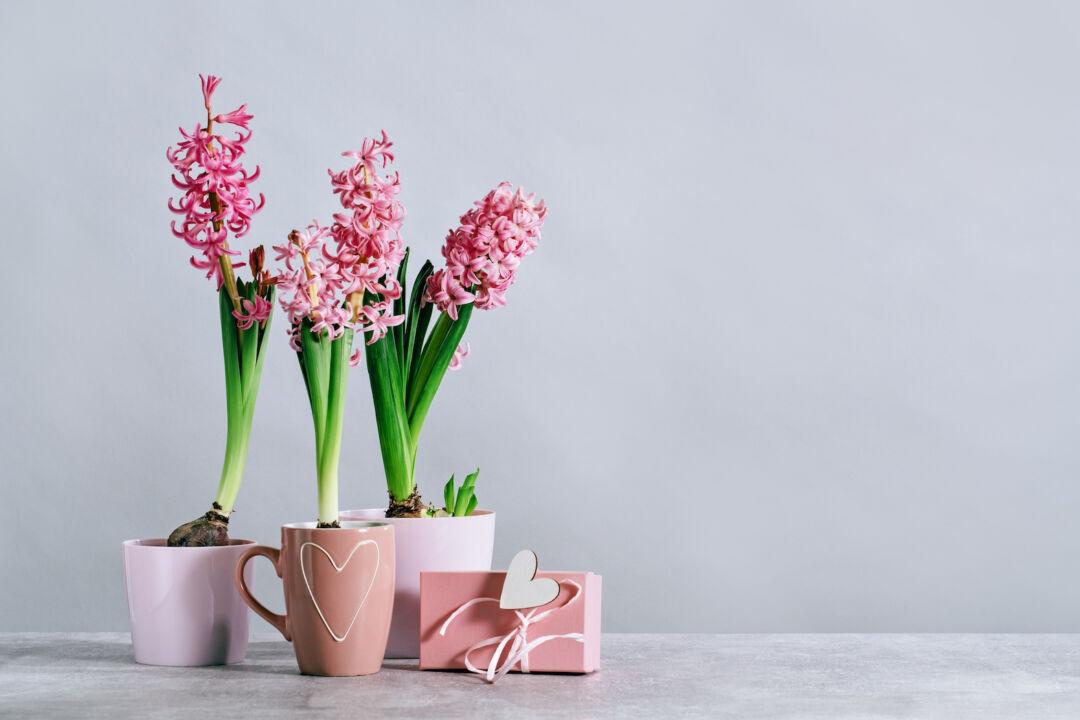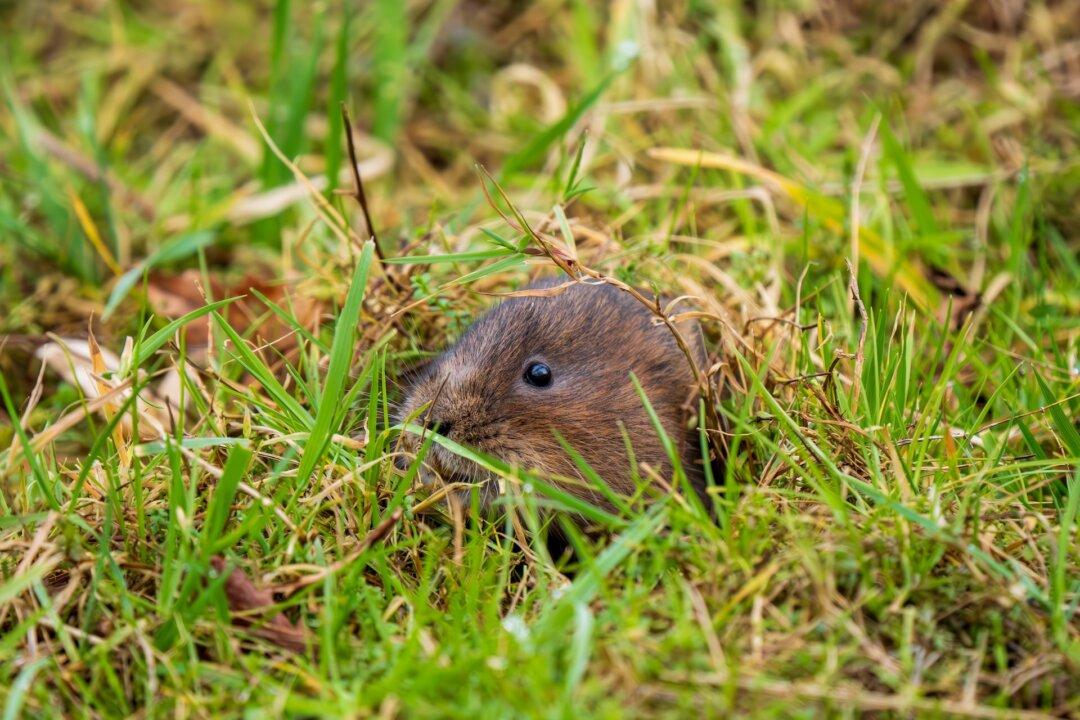Science fair season is coming up. Many kids want to work with plants. One set of experiments that’s common is trying to grow seeds in a variety of media, such as water, milk, and cola. The seeds will sprout in all of those conditions, but they won’t grow well as a plant in all of them.
Another experiment is more of a demonstration, and that is trying to grow a variety of fruits and vegetables from table scraps. In this case, it’s important to know which parts of a plant are capable of growing.
The basic parts of a plant are the root, stem, leaf, flower, fruit, and seed. It should be obvious that a new plant will grow from a seed. If you stab an avocado seed with toothpicks and balance it atop a glass of water, it should sprout and grow.
It may not be as obvious, but if you take a slice of tomato and lay it on the soil in a flowerpot, the seeds may grow without much extra effort. An ear of corn placed in a pan of water for a few weeks may also have many seeds that sprout. Seeds from apples, oranges, and lemons will also grow. Seeds from plants normally grown in northern climates may need to spend a period of time in the refrigerator to mimic winter before they sprout, but southern plants don’t need to wait.
We eat the flower buds of artichokes, broccoli, and cauliflower, and the flowers of violets, nasturtiums, and roses are edible. We eat the leaves of cabbage, kale, lettuce, spinach, onion, and garlic. We eat the leaf petiole (the part that connects the leaf to the stem) in celery and rhubarb. We also eat the taproots of beets, carrots, and radishes. Flowers, leaves, and roots don’t have buds for new plants.
That leaves us with stems and modified stems. There are a lot of different kinds of stems, including corms, crowns, rhizomes, and tubers. Stems are the plant part that has buds for growing a new plant, and they work great for growing new plants from table scraps.
A crown is a short stem growing near ground level that has roots growing down and leaves growing up. The top of a carrot is a crown with one root and several leaves. If you cut off the carrot crown with an inch of the taproot and set it in water, it will stay alive and may eventually regrow the missing root. A tuberous root is a swollen section of a root that has a single crown of stem tissue on one end that can grow a new plant. Cassava and sweet potatoes are tuberous roots.
A tuber is a modified section of underground stem that stores carbohydrates and has several buds for new stems and roots. Each “eye” of the potato tuber is a bud that can grow a new plant, so a tuber can be cut into pieces with at least one eye on each piece that will grow new plants.
A corm is an underground swollen stem tissue that is often called a bulb. They can be small like a crocus corm (not edible) or large like the several-pound taro corm. Like the corms, true bulb onions and garlic have a basal plate of stem tissue at the base that grows roots down and edible storage leaves up. Instead of throwing away the basal plate section of the onion, set it in a shallow dish of water and it will probably grow new leaves and roots.
Rhizomes are stems growing sideways just under the soil surface. The ginger root you get at the store is actually a rhizome. Rhizomes have nodes along their length and like the tuber can be cut into pieces to grow several new plants.
The term “stalk” can be confusing. It can describe any supporting structure on a plant, animal, or object. An asparagus stalk is actually a stem that grows from a crown. The celery stalk is a leaf petiole that grows from a crown. The celery crown is chopped in half in the farm field and the bottom half with the roots is left in the field. If there’s enough crown stem tissue at the base of the part you purchase, it may grow new leaves and roots if you set it in a shallow dish of water. The base of a head of cabbage is stem tissue that may also grow this way.
You don’t have to wait for a science fair to start growing your own vegetables from table scrap stems.






